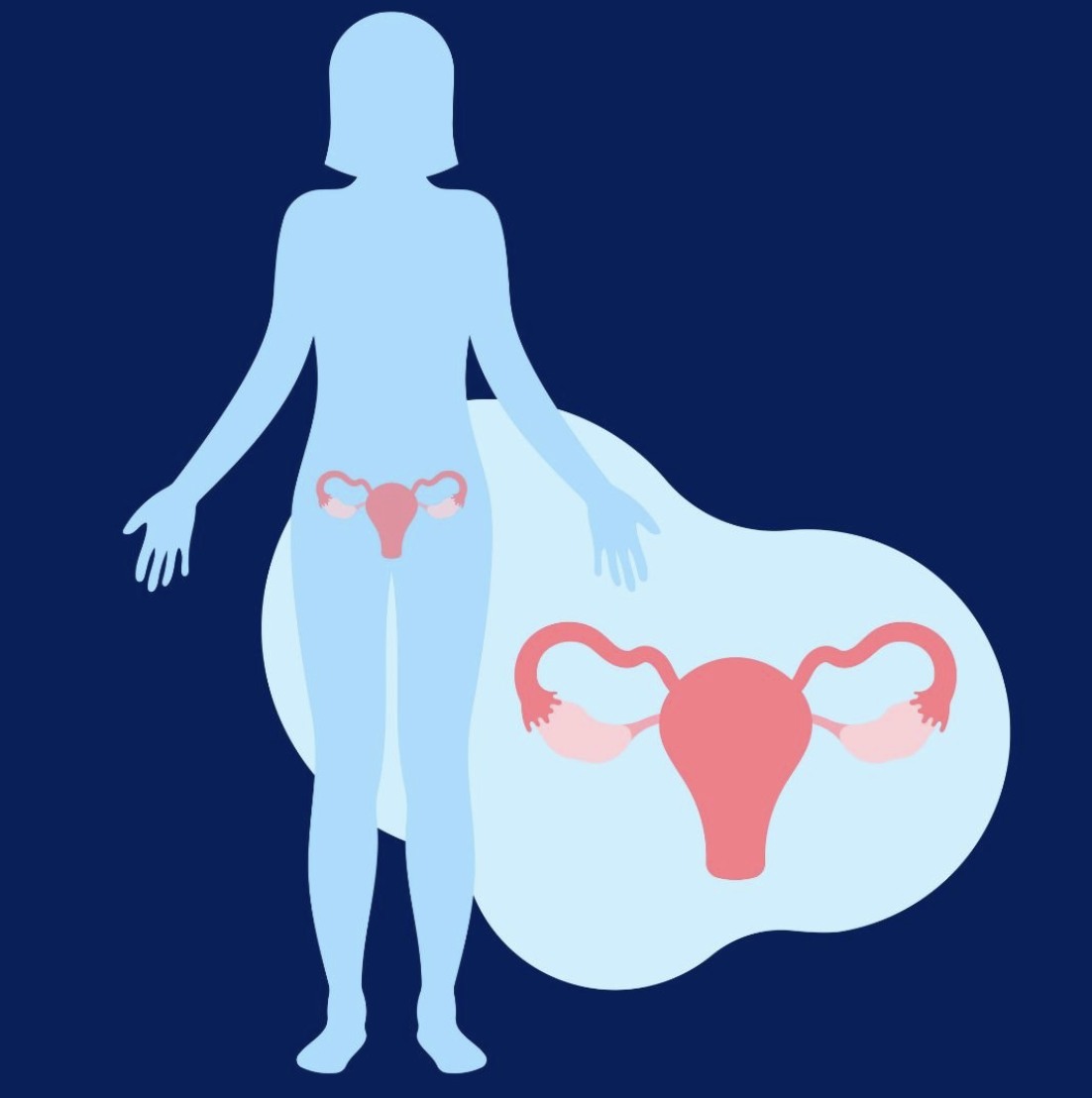What Are Fibroids?
Fibroids, which are also known as leiomyomas or myomas, are benign growths that develop in or on a woman's uterus, rarely turning into cancer.
They act as non-cancerous tumors, varying in size from being as small as an apple seed to as large as a grapefruit. Moreover, a woman can have a single fibroid or multiple ones.
In fact, fibroids are quite prevalent among women, with around 70-80% of women developing them by the age of 50. However, most women don't even realize they have fibroids since they rarely show any symptoms.
There are several types of fibroids:
Fibroids are primarily grouped into three categories based on their location in the uterus.
Intramural Fibroids
These are the most common type, growing in the muscular wall of the uterus. Their expansion can make the uterus appear larger.
Subserosal Fibroids
They develop on the outer wall of the uterus and can grow large enough to make the womb appear bulky.
Submucosal Fibroids
These types grow just beneath the inner lining of the uterus. Although they are rare, they can impact the size and shape of the uterine cavity.
Why people choose to get fibroids removed:
While many fibroids don't necessitate treatment, there are crucial reasons why some individuals opt for their removal.
Severe Symptoms
Some women may experience heavy menstrual bleeding, pelvic pain, frequent urination, or discomfort during sexual intercourse due to the presence of fibroids. When these symptoms persist and significantly hamper one's quality of life, removal may be the best option.
Impact on Fertility
Some fibroids, especially the submucosal type, can interfere with a woman's fertility, impeding implantation of the embryo or causing complications during pregnancy.
Growth Rate
In some cases, fibroids may grow rapidly, causing discomfort or leading to other health complications. Such fibroids often need removal.
Potential for Cancer
Although it's extremely rare, a fast-growing fibroid can sometimes indicate a cancerous tumor known as leiomyosarcoma. In such cases, prompt removal is a necessity.



